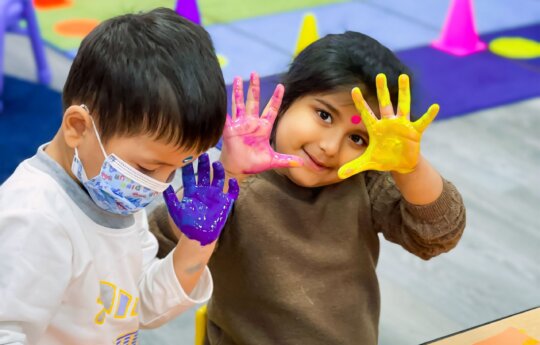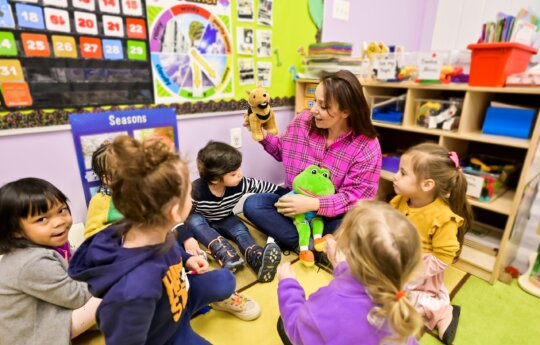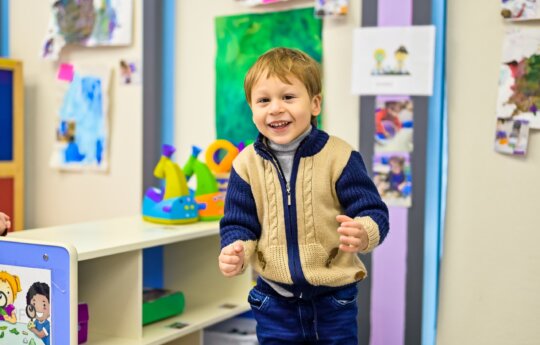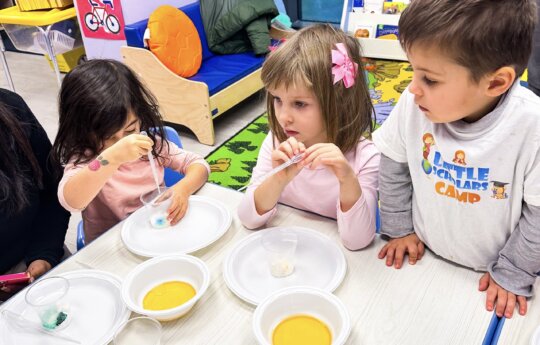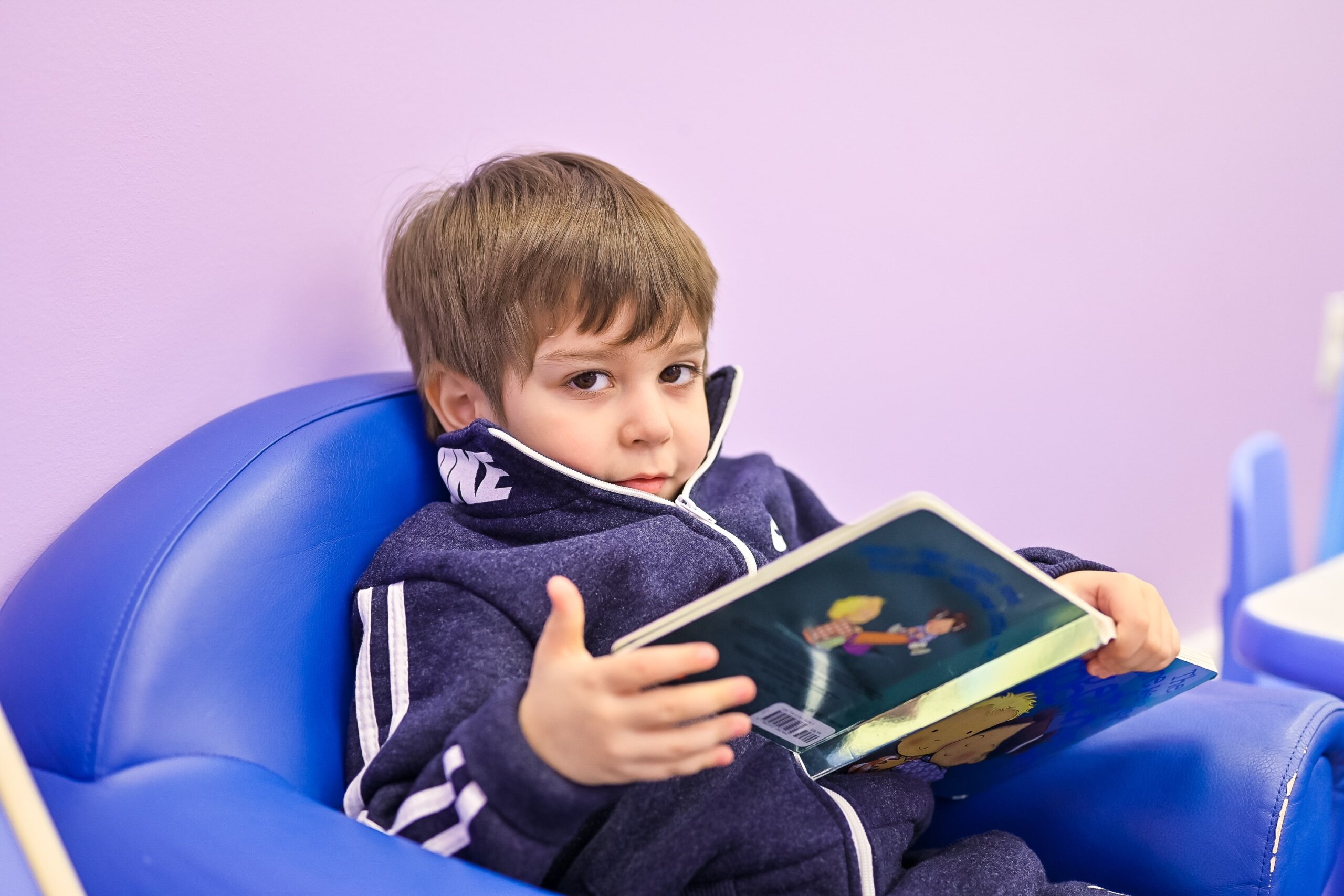
Reading in early childhood is the key to creating a basis for lifelong learning and development. It’s more than a mere skill – it’s a door to the universe of imagination, knowledge, opportunity. The ability to read fluently and comprehend and synthesize text is paramount to shaping both a child’s academic triumph and overall well-being. It enhances the development of a variety of language aspects, as well as critical thinking, creativity, and empathy. Moreover, stories can provide one with insight into other cultures and social interaction and spark the flame of creativity.
However, it is essential to introduce reading at the right age, as it will plant the seed for a successful educational career. This extensive guide contains all the secrets of how to raise proficient and passionate readers from an early age. It will answer when to start this undertaking, how to teach reading efficiently, and how to deal with the struggling readers. Parents, nannies, and educators, let us pave the way to success for each young learner!
When to Start Reading
Age-Appropriate Benchmarks
When children should start reading is a common question amongst parents and educators. Understanding the appropriate child’s age to make a reading experience a pleasant journey will help guide us to a child’s literacy competence. Particularly, children show interest in reading at ages three to five years. However, the reading journey builds earlier than that: a child’s exposure to spoken words, verbal story-telling, and others’ exposure to reading books.
- By the age of 3, many children can recognize familiar logos and signs, which is the beginning of visual reading.
- Between 4 and 5 years, they start to understand that letters represent sounds and may begin to identify the alphabet and simple words. This period is crucial for reading for preschool, as children are naturally curious and receptive to learning new concepts.
When kids should start reading depends on individual signs, as some may adapt early, others take longer to show the curiosity in reading.
Guidelines and Signs of Readiness
When to start regular reading lessons for kids is very important for their language and brain growth. Though there isn’t a single right answer, there are some signs that a child is ready that can help parents and teachers make smart choices.
Signs of reading readiness include:
- Interest in books: Wanting to look at books and listen to stories.
- Recognition of letters and sounds: Showing curiosity about letters and starting to recognize some alphabet letters, especially those in their name.
- Understanding story sequences: Being able to talk about the beginning, middle, and end of a story.
- Vocabulary growth: Having a growing vocabulary and using new words in conversations.
- Print awareness: Noticing print in the environment, such as signs and labels, and understanding that words are read from left to right and top to bottom.
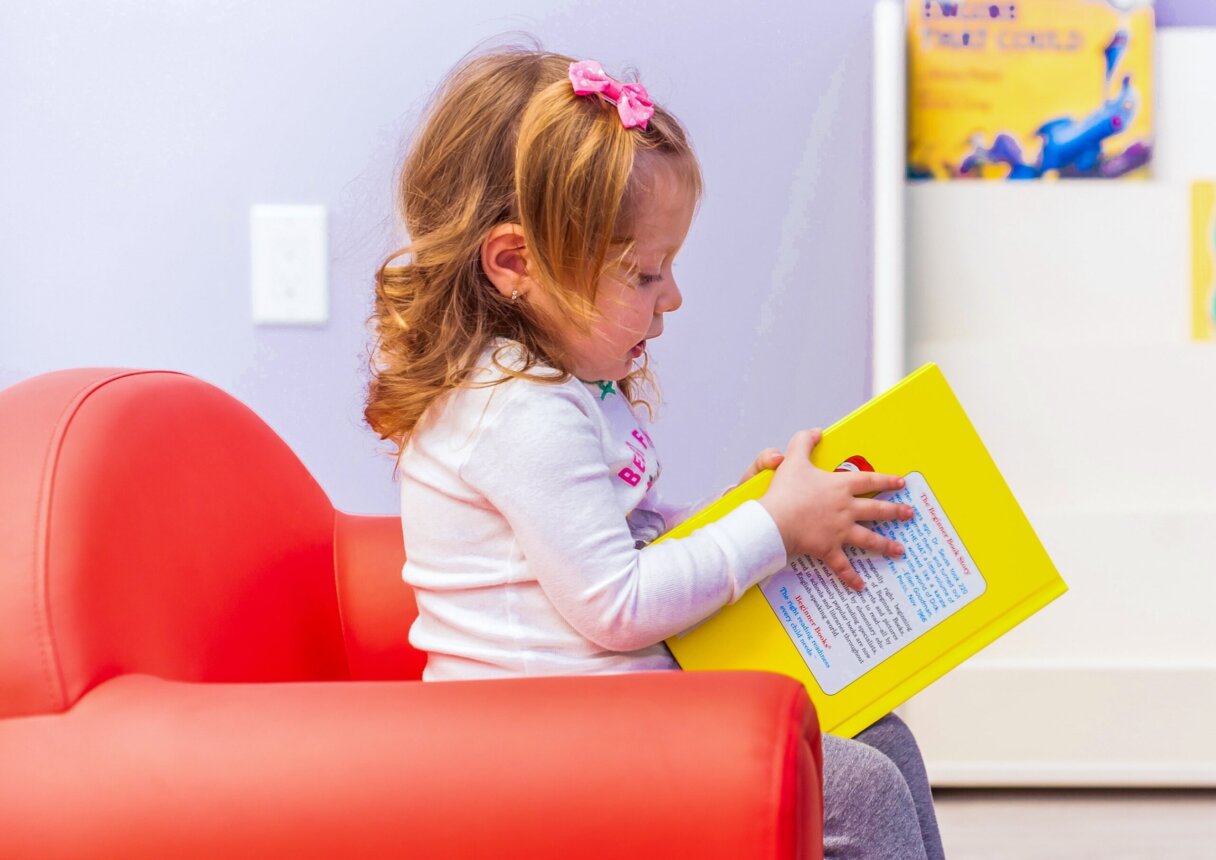
How to Teach Reading to Kids
To teach kids to read, you need to use both structured lessons and fun activities. Key reading techniques, such as spelling, word recognition, and stories, are very important for making kids good readers. The best way to combine these methods is as follows:
1. Phonics Instruction
Phonics forms the basis for reading as it involves teaching children the way to put together sounds with letters and to merge sounds into words. It usually starts with the simplest sounds of letters and progressively introduces children to more complicated sounds of words and sound combination structures. Phonics instruction can be made interesting with the help of phonics games, reading apps for the child, and hands-on phonics activities in such a way that the child remembers how to come up with sounds through the activities that are both fun and involving.
2. Sight Words Mastery
Sight words are words that are common, but they do not fit regular phonetic laws. This implies that the child must memorize them to make reading more fluent and perform better in comprehension. This topic can be made fun through flashcards, online fun resources, and regular practice in various contexts that make children recall the words frequently.
3. Storytelling and Reading Aloud
Children’s view of reality is highly influenced by story comprehension . Storytelling helps in capturing a child’s imagination, increases attention, and gets the child interested in reading. Reading aloud exposes the child to diverse storytelling patterns, rich language, and differing sentence structures which help them develop new appreciation skills.
4. Interactive Reading Activities
- Shared reading – adult reading together with the child. Influences the motivation to learn.
- Guided reading – done in small groups. Substantively supported view.
5. Reading Exercises and Resources
Reading exercises and resources can be used in addition to textbooks and literature as part of systematic reading practice. You may select those reading programs for kids and educational websites, which provide a structured approach with a system of interactive reading exercises and testing for progress tracking.
6. Creating a Reading Environment
Another approach involves establishing an appropriate reading environment, such as a home reading corner and a creative space where a child has access to various books. Additionally, encourage and support a child by setting a reading routine with regular reading times when he/she can explore books individually or with others.
Supporting Struggling Readers
Helping students who are having trouble reading takes a deep understanding of the signs of those problems and the use of specific techniques to solve them. Finding and helping kids with these problems early on is very important if we want to help them get better at reading.
Identifying Signs of Reading Difficulties
Children may exhibit various signs that indicate struggles with reading, including:
- Struggling to associate letters with their corresponding sounds or having trouble with phonemic awareness.
- Difficulty blending sounds to read words, especially unfamiliar ones.
- Having a smaller range of words they can understand or use compared to peers.
- Finding it hard to understand or remember what they have read.
- Showing reluctance or frustration with reading or avoiding reading tasks.
Addressing Reading Difficulties
Some useful ways to help students who are having trouble reading are:
- Phonics programs that are structured and tailored to each child can help them understand how letters and sounds work together, which will improve their reading skills.
- To improve reading speed, encourage daily reading practice.
- To help the child feel more confident, give them reading materials that are at the same level as them. As their reading skills improve, slowly add more difficult materials.
- Teach students how to better understand what they read by having them do things like guess, ask questions, and summarize.
- Activities that use more than one sense, like drawing letters, using flashcards, and playing reading games that you can interact with, can make learning more fun.
- The way a child learns to read can be greatly improved by giving them personalized help and comments.
- Make a reading space that is positive and encouraging so that kids will love reading and learning.
- Celebrate small wins to boost your confidence and strength.
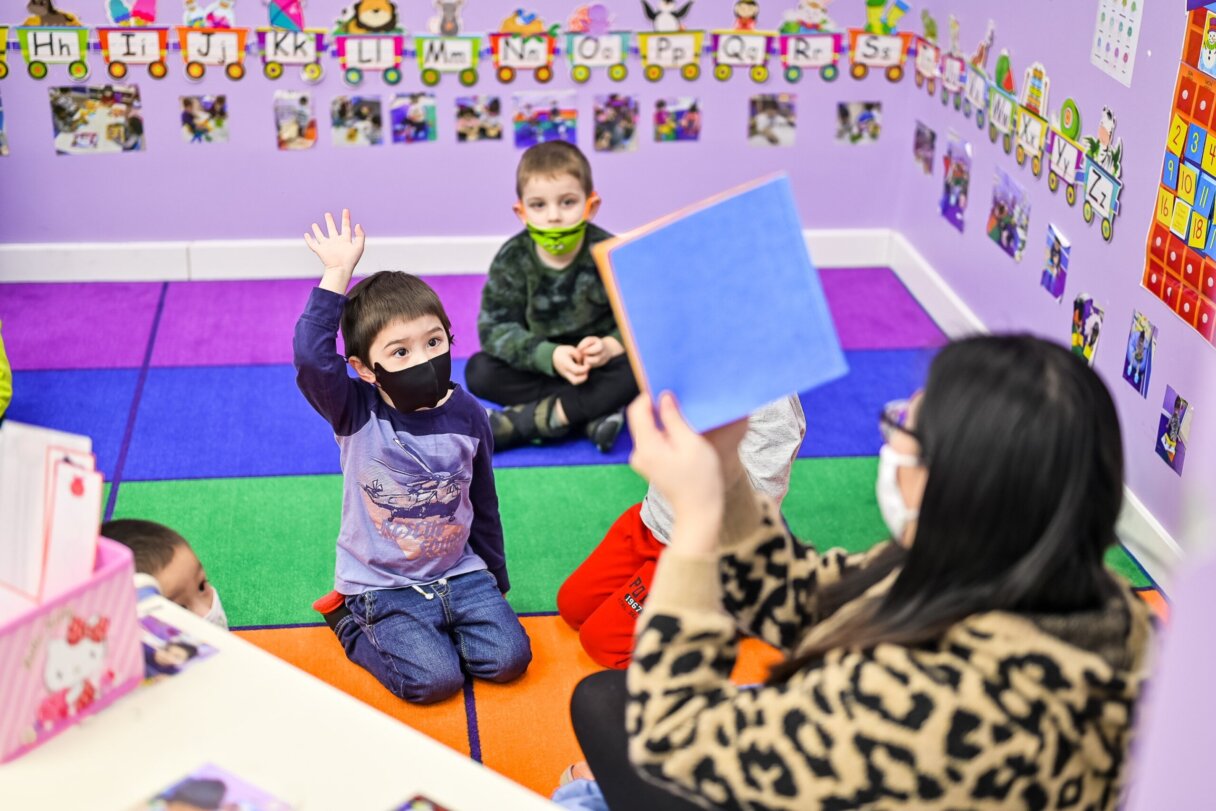
Engaging Reading Activities for Preschool
Reading at the preschool age is crucial for numerous aspects of a child’s development. It lays the foundation for academic success and plays a significant role in cognitive, language, and social-emotional growth.
Examples of Reading Activities and Exercises Tailored for Preschoolers
- Story Map Creation: After reading a story, help preschoolers draw a map of the story’s events. This can include major plot points, characters’ journeys, or settings. This activity aids in comprehension and recall, and it also allows children to express their understanding of the story through art.
- Alphabet Treasure Hunt: Organize a treasure hunt where children search for objects that start with specific letters of the alphabet. This activity helps with letter recognition and phonemic awareness, as children connect sounds to letters and objects.
- Sound Matching Games: Use cards with pictures and have children match them with cards that have the initial letter or sound of the picture. For example, matching a picture of a cat with the letter ‘C’. This game enhances phonemic awareness and letter-sound correspondence.
- Rhyming Bingo: Create bingo cards with pictures of rhyming words (like hat, cat, and bat). Read out words or show pictures, and have children place markers on the rhyming words on their bingo cards. This fun game boosts phonological awareness and listening skills.
- Interactive Story Apps: Utilize interactive story apps designed for preschoolers that include animations, sound effects, and narrations. These apps can make reading more engaging and interactive, helping children to connect words with sounds and meanings.
- Puppet Story Retelling: After reading a book, encourage children to retell the story using puppets. This exercise helps with comprehension, sequencing, and narrative skills, as children narrate the story in their own words and actions.
- Letter Formation Practice: Using sand trays, playdough, or finger paints, have children practice forming letters with their hands. This sensory activity is not only fun but also helps in improving fine motor skills and letter recognition.
- ‘I Spy’ Phonics Version: Play “I Spy” focusing on phonics, by spying things that start with a certain sound or letter. For example, “I spy with my little eye something that starts with /b/.” This game is excellent for practicing phonemic awareness in a playful and interactive way.
- Picture Book Sorting: Have a variety of picture books sorted into different themes or categories (animals, fairy tales, space, etc.). Allow children to sort the books into the correct categories, discussing what each book is about. This activity encourages organizational skills, critical thinking, and discussion about stories and themes.
- Sentence Building Blocks: Create blocks or cards with words and have preschoolers arrange them to form simple sentences. This can be a fun way to understand sentence structure, grammar, and the concept of beginning, middle, and end in sentences.
The Impact of Preschool Activities
Reading activities and projects made just for children help their reading and brain growth in a number of important ways:
- Enhancing Phonemic Awareness
- Building Vocabulary and Language Skills
- Developing Comprehension Skills
- Encouraging Cognitive Flexibility and Problem-Solving
- Stimulating Imagination and Creativity
- Supporting Social-Emotional Development
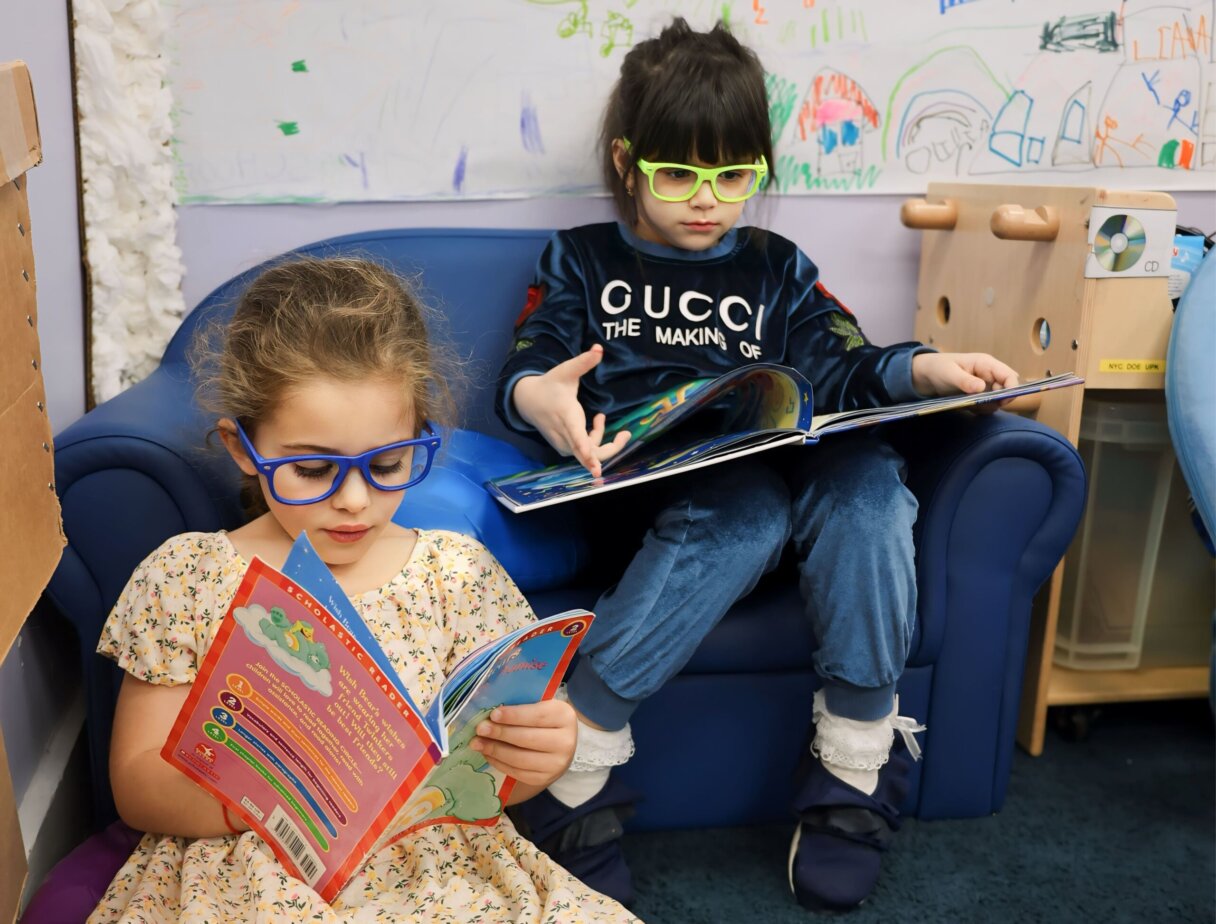
Digital Tools and Resources
There are many tools and services that can help kids improve their reading skills.
ABCmouse.com
Reading, math, science, and art are just some of the topics that ABCmouse covers in its early learning app. It’s good for kids ages 2 to 8 because it starts with learning basic letter knowledge and moves on to full words and paragraphs. The app uses fun graphics, games, and hands-on tasks to make learning fun and effective.
Reading Eggs
Children ages 2 to 13 can use Reading Eggs to make learning to read fun and interesting by using songs, games, and golden eggs as prizes. It’s based on sound studies in the field of education and works on the most important parts of teaching reading: phonics, phonemic awareness, vocabulary, comprehension, and speed.
Starfall.com
There are a lot of free and paid tools on Starfall that are mostly about reading and spelling. Interactive games and tasks teach reading basics, from easy letter recognition to reading whole books. It’s great for kids in preschool through second grade.
Book Creator
Book Creator isn’t really a reading app, but it does let kids make their own books by adding text, pictures, and sound. This creative process helps kids understand how stories are put together and gets them involved with text, which improves their reading and writing skills.
National Geographic Kids
National Geographic Kids has a lot of free educational materials, like books and articles, that are great for curious kids who want to learn more about the world. The content is interesting and useful, with beautiful pictures and interesting facts that will interest people who are interested.
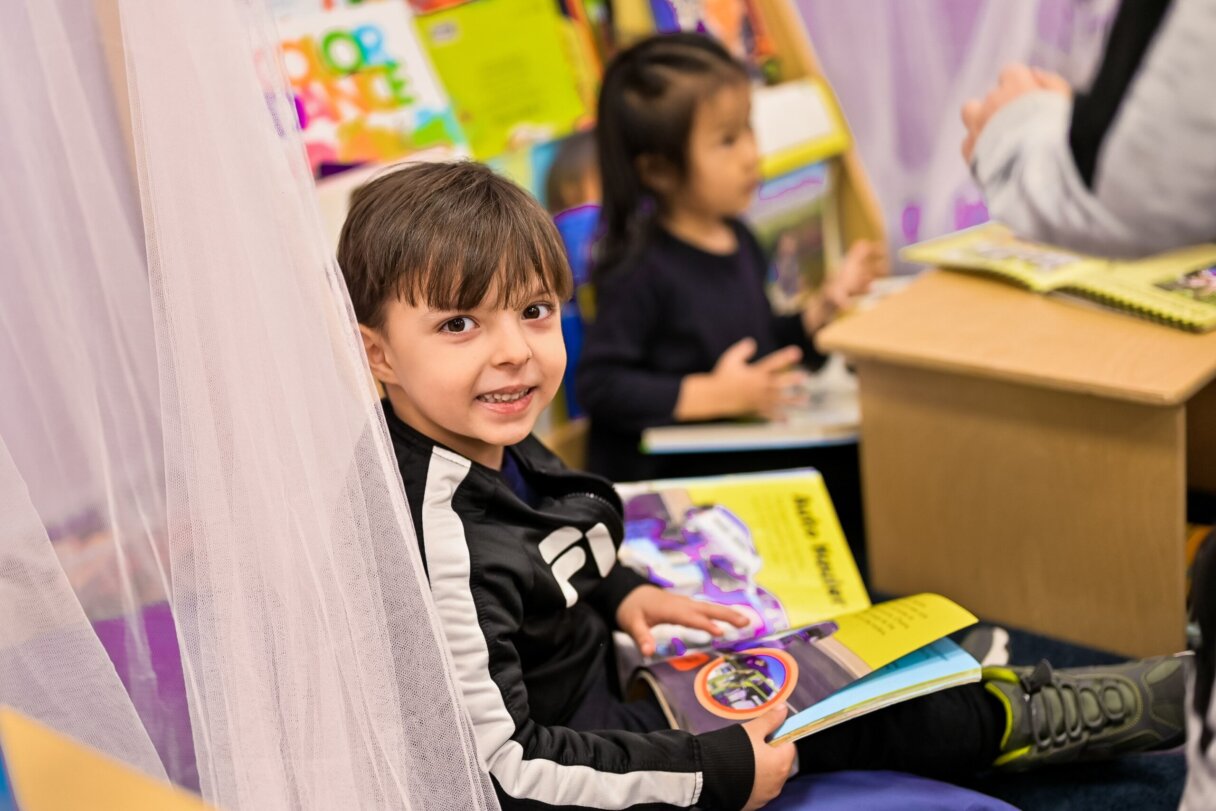
Creating a Reading-Friendly Environment
The creation of a reading-friendly environment can greatly boost kids’ interest in books and reading. Here are some ideas and tips for making a reading area that is both comfortable and useful:
- Include soft, cozy places to sit, like bean bags, cushions, child-sized chairs, or a small couch. Make sure the chairs are set up so that the kids can see the books and talk to each other easily.
- Put books on low shelves or bookshelves with their covers facing out. This will make them more appealing to young children and easier for them to get to.
- Change the books around often to keep people interested and present new ideas and topics.
- Change the themes of the decorations in the reading spot every so often to match the seasons, holidays, or popular children’s books.
- Make sure the area is well-lit with natural light and soft artificial lighting for reading at night or on dark days.
- Put the reading spot in a room with less noise and less activity.
- Sort books into groups like animals, fairy tales, and science to make it easier for kids to find what they like.
- Putting pictures or symbols on shelves or bins can help kids find and return books, which builds their freedom and sense of responsibility.
- Include engaging elements like a puppet theater, a story-telling chair, or a felt board with figures from stories to get kids to repeat stories and think of new ways to use what they read.
- Display kids’ art that is connected to the books they’ve read or the stories they’ve made up.
- Let the kids have a say in how the reading area is set up and kept up!
Conclusion
Ensuring that kids start an early age with a love for reading is very vital for their overall growth and success in school. When you are teaching a kid how to read, you can use numerous techniques and instruments to make it enjoyable and effective. Spelling, sight words, and narrative form are critical in making your child an excellent reader. As parents and teachers, you can make a big difference in your child’s reading journey by using these important reading hacks in your lessons and daily life. You can help readers become skilled, confident, and eager by giving them constant support, praise, and access to a wide range of reading materials and tools.
Join the Little Scholars Daycare family today!
At Little Scholars, we want to help kids develop their cognitive abilities by giving them fun reading programs and a great place to learn. Give your child the gift of a strong educational base and a lifelong love of learning by signing up now!

